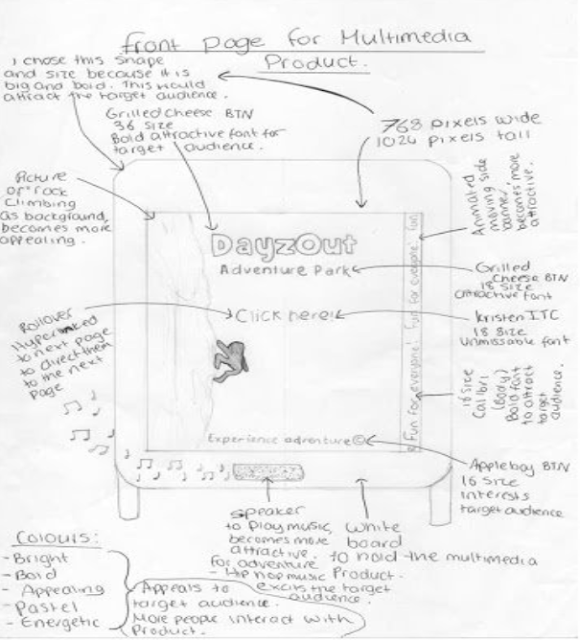Unit 2 - LO3 Research
Target Audiences and Research Methods - LO3
Pre-Production - The first stage of Production. E.g Response to Brief, Planning, Research, Creation of Production Documents: Production Schedules, Storyboards, Consideration of Legal, Ethical and Regulatory Issues.
Pre-Production is the first stage of production, which involves planning a product. Production is the action of creating a product, such as using a camera to record raw footage; moving image: shooting on set, call sheets. Print: graphic design, editing. App/Game: coding. Post-Production is editing and work done on a product after it has been created - it also includes distribution, advertising, social media posts, uploading to platforms (digital distribution), testing and review, present to client/audiences.
Audience Type | How it could impact | Solution
Age - If content is unsuitable, it could break ASA or BCCF Regulation. The solution is to ensure content is suitable by checking regulatory guidelines (censorship).
Psycho Graphics - If the target audience range is too wide, not enough specific tastes will be targeted and people will become disinterested. A solution to this is by focusing on targeting a specific audience.
Ethnic Groups - If the content is considered offensive or insensitive to minority groups, the ethical impact of the content will be negative and could cause backlash; the same can happen if there is a lack of representation. A solution to this is to avoid using ethical insensitivities by speaking to groups of people or boards. Hiring diverse actors will help with lack of representation; they have to sign a release form.
Geo Demographics - Similar to above; a location or country can be misrepresented. Research of a country's culture can help avoid this issues.
Primary - Research that is gathered first-hand, it is mostly gathered face-to face, e.g surveys, focus groups, questionnaires. A focus group is when you gather a group together to gain their judgement, it's a way of gathering research, e.g for a product, trying a product, etc.
Secondary - Second hand research gathered by a secondary source e.g the internet, books, TV, films.
Qualitative - When asking open questions we gather data that is not measured, like opinions. It can also be used to find the exact judgements of a product, as they don't limit the amount of feedback given. It allows more to be written with the summary of their results as they can find both the positives and negatives they need to take into account. It allows specific results. The audience can help find out flaws in games by play testing, for example.
Quantitative - When asking closed questions with opinions, e.g option a b and c. It can be used to find numerical data, which can be used to generalise the reaction of the target demographic or put the results into charts in order to see the results directly. It allows generalised results. Surveys on YouTube that ask whether your experience was bad, average, good, etc are also an example of quantitative results.
Audience Research - Research conducted on an audience in order to find out about their psychographics (behaviours, habits, attitudes, opinions, etc).
Market Research - Research that gathers information about a consumers' needs or preferences, to gather information about target markets and customers.
Product Research - Researching and deciding whether new products might be successful, and gives information on specific requirements needed for the product so it can be tailored accordingly. The process of finding the viability of a product.
Market Research - Investigations into the way that products could produce income by looking at the demands of consumption. Research into the media market is an important part of planning when a new product is being developed.
The organisations that collect market and audience data is RAJAR (Radio Joint Audience Research), BARB (Broadcasters Audience Research Board), NRS (National Readership Survey), Ipsos MORI (market research company, MORI means Market and Opinion Research International), Touchstone research Inc (marketing for young people).
Production Research
The production team now carry out research into the product itself, this is done by:
1. Collecting source material (this depends on the media product).
2. Establish how viable the project is. Will it be a success? Is it worth making?
3. Find locations.
Practice Question:
1. Identify and explain an example of secondary research that would be effective.
"We work for a gaming company (Games ed) we have to make a game that educates children from ages 8-12 about the British Monarchy."
An example of secondary research that would be effective in that scenario would be researching through books. A lot of history is written down in books or pages in museums - because of this, the most accurate information would be found through that method; using the internet may not be as effective as details of history can be left out, and the information found would be secondary information, so it could have a bias. Using information from books can be fact checked rather than online.



Comments
Post a Comment